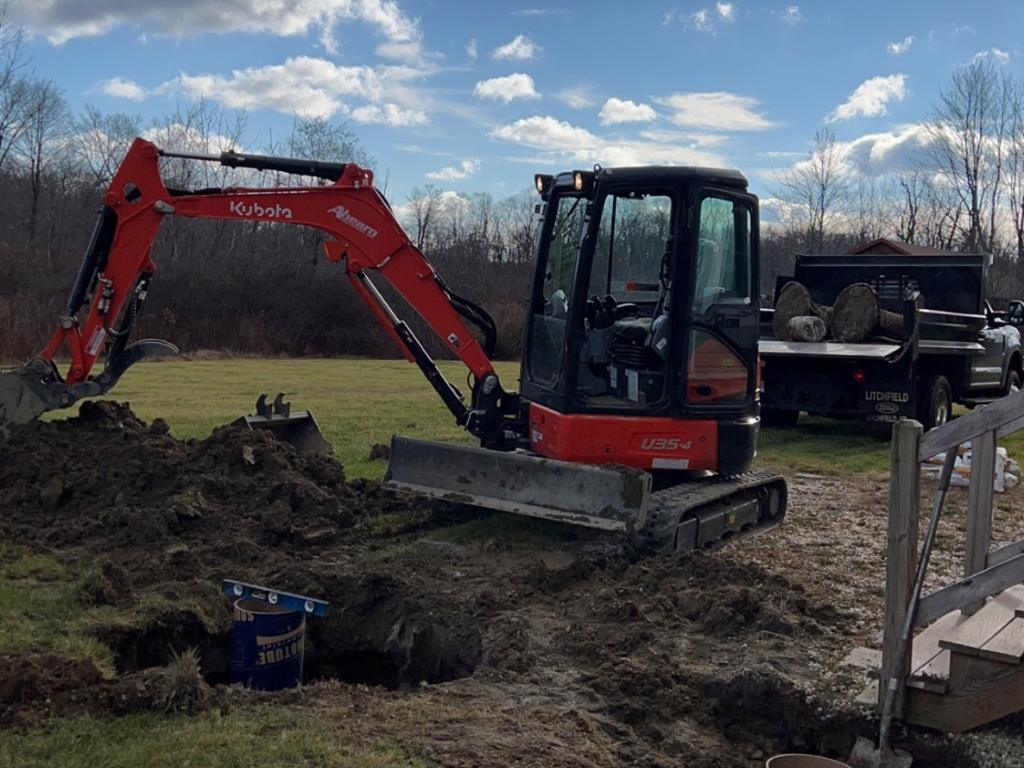So, you just had your yard hydroseeded. Great choice! Hydroseeding is one of the fastest ways to get a full, green lawn without breaking the bank. But here’s the thing: what you do next matters just as much as the day it was sprayed.
The first eight weeks are when your lawn is most vulnerable. Water too little, mow too soon, or forget to fertilize, and you could end up with a patchy mess instead of the lush grass you were hoping for.
Why Aftercare Matters
Hydroseeding isn’t a “set it and forget it” process. The mix that was sprayed on your soil still needs consistent care to grow evenly.
When you follow through on watering, mowing, and feeding at the right times, you’ll:
- Get faster germination and stronger roots.
- Avoid bare spots and soil erosion.
- End up with a thicker, healthier lawn that needs fewer fixes later.
Think of it like babysitting your lawn for two months. A little effort now saves you a lot of frustration later.
Here’s a simple, week-by-week plan to help your lawn thrive.
Week 1: Keep the Soil Damp
This is the most important week for watering. Your goal is to keep the top layer of soil damp all day without turning it into a swamp.
- Water 2–3 times a day: morning, midday, and late afternoon are perfect.
- Keep it light so you don’t create puddles that wash the seed away.
- If it’s hot outside, add an extra cycle to keep the surface from drying out.
- Walk gently if you need to cross the lawn, but stay off it as much as possible. The seedlings are fragile.
Week 2: Stay Consistent
By now, you’ll notice tiny green sprouts poking through. Keep doing what you’ve been doing — light, frequent watering — to keep those seedlings alive and growing.
- Stick to 2–3 waterings per day.
- Keep an eye out for areas where mulch might have washed away. Reseed those spots quickly so they don’t stay bare.
- Avoid any heavy foot traffic.
Ask yourself: Does the whole lawn look even, or are some areas struggling? Catching issues early makes them much easier to fix.
Week 3: Go Deeper with Watering
The seedlings are getting stronger and ready for a little challenge. Instead of several light waterings, switch to fewer, deeper ones to encourage root growth.
- Water once or twice a day, but for longer.
- Check that the soil stays moist at least 1 inch down.
- Keep watching the growth. Your first mow is coming soon.
Week 4: Time for the First Mow
This is a big milestone. Once your grass reaches about 3–4 inches, you can mow for the first time.
- Make sure your mower blades are sharp. Dull blades can yank the grass out instead of cutting it.
- Only remove about one-third of the grass height at a time.
- Walk the lawn first and remove any sticks or debris.
- Fill in bare spots with seed and mulch as needed.
Your lawn will look a little uneven after that first cut, but don’t worry, it will even out with time.
Week 5: Ease Up on Watering
Your grass is stronger now and doesn’t need as much pampering.
- Switch to one deep watering a day.
- Skip watering if you’ve had good rain.
- Pull weeds by hand so they don’t steal nutrients from your new lawn.
This is when you start teaching the roots to look for water deeper in the soil, which is a key step toward a drought-resistant lawn.
Week 6: Mow Again + First Fertilizer
Your lawn is ready for its second mow and a good feeding.
- Mow again at 3–4 inches, same as before.
- Apply a starter fertilizer designed for new lawns. Look for a slow-release formula to promote root growth.
- Water right after fertilizing, so it soaks into the soil and doesn’t burn the grass.
Week 7: Keep Strengthening the Lawn
At this point, you should be seeing a much fuller lawn.
- Continue mowing weekly, but don’t cut too short.
- Deep-water two or three times per week.
- Overseed any thin areas so your lawn fills in evenly.
Week 8: Settle into a Routine
Two months in, your lawn is ready for regular care.
- Mow about once a week to keep the grass healthy.
- Water deeply once or twice a week, depending on rain and temperature.
- Give it a second round of fertilizer to keep that rich green color.
You’ve officially made it through the tricky stage. Your lawn is now well-established and ready for long-term maintenance.
Final Word
Hydroseeding gives you a head start, but your follow-through is what makes the difference. Consistent watering, careful mowing, and well-timed fertilizing are the secrets to getting that full, green yard you want.
Roberts Property Management can help you stay on track with professional lawn care services if you’d rather not manage it all yourself.



